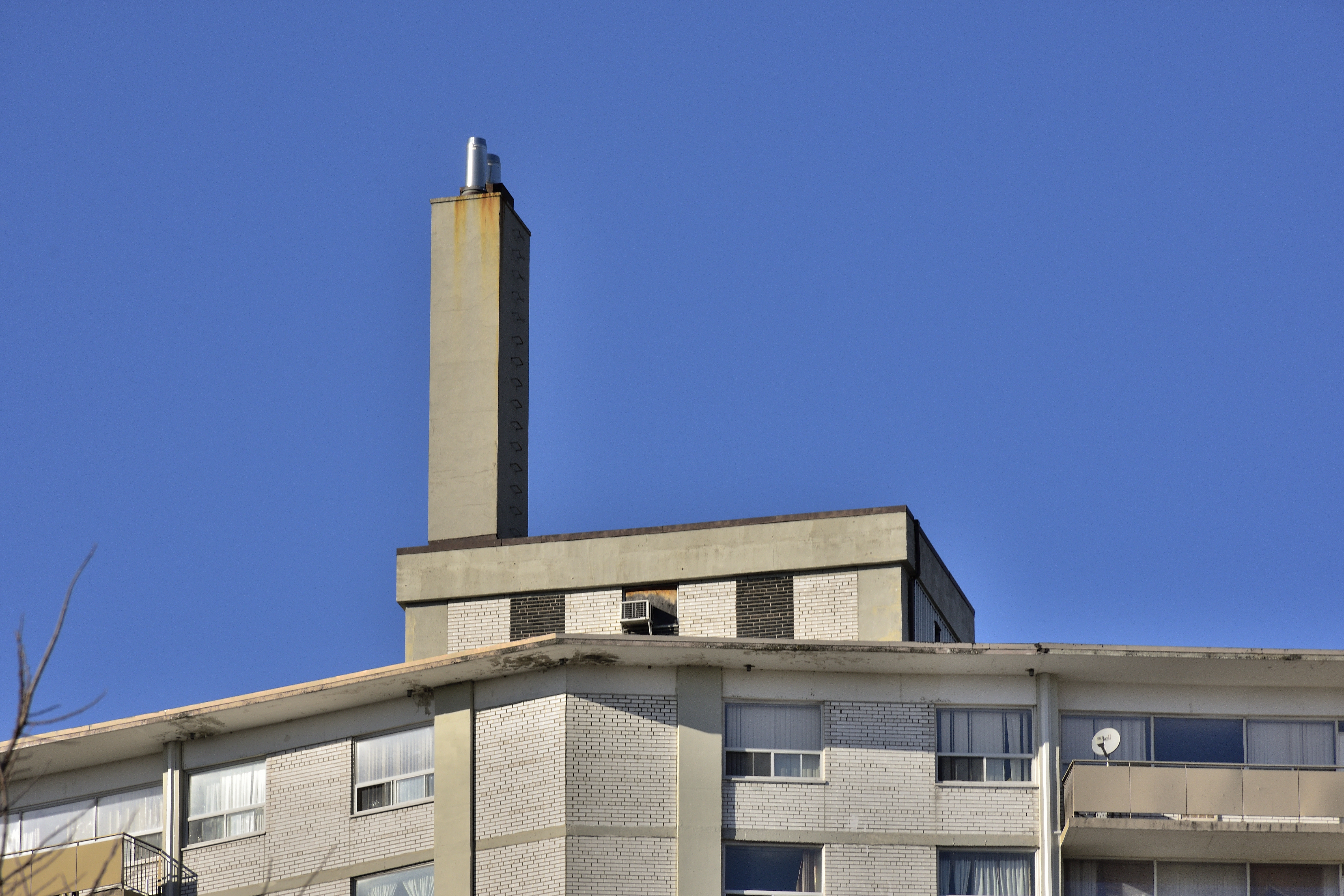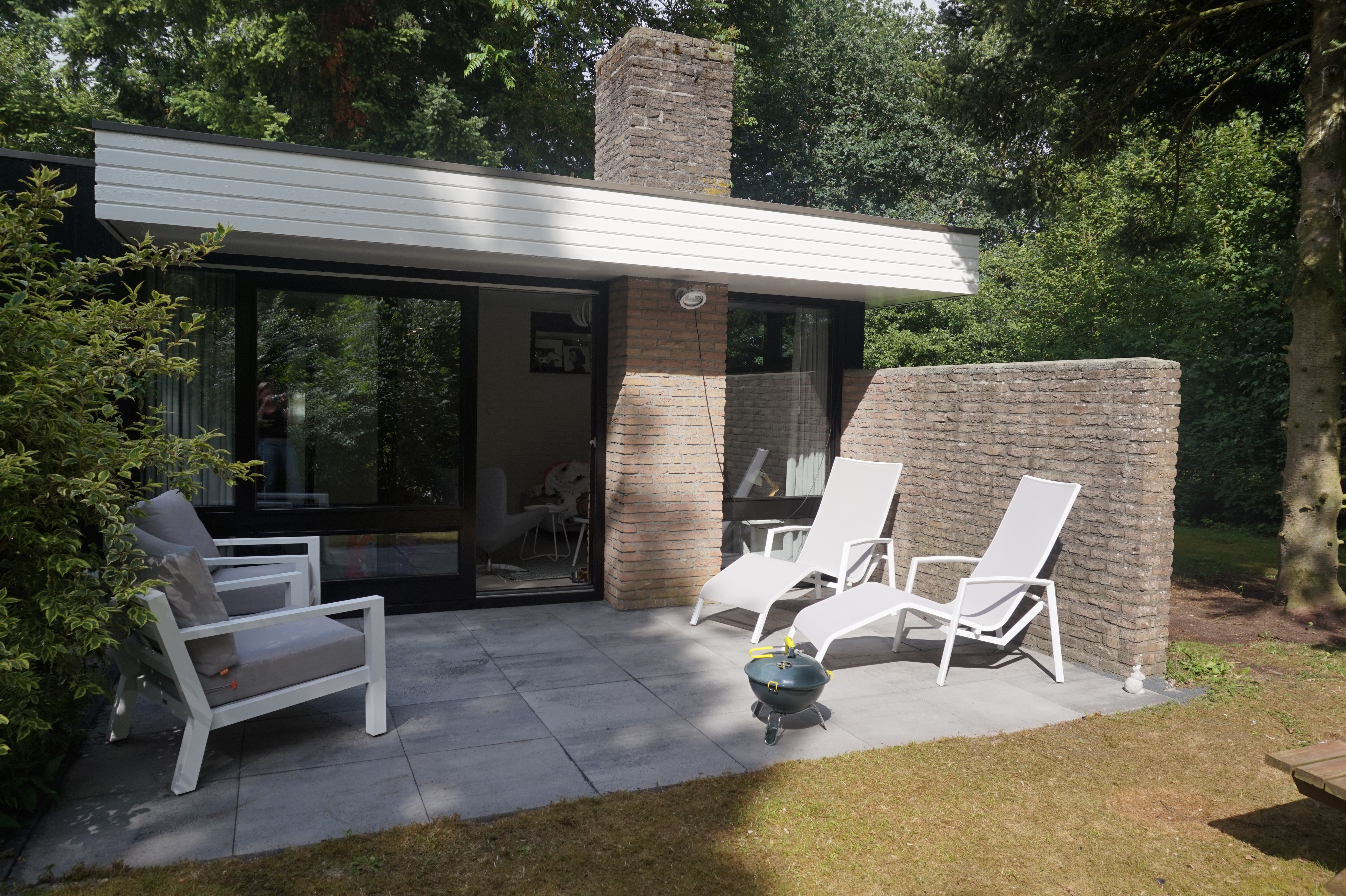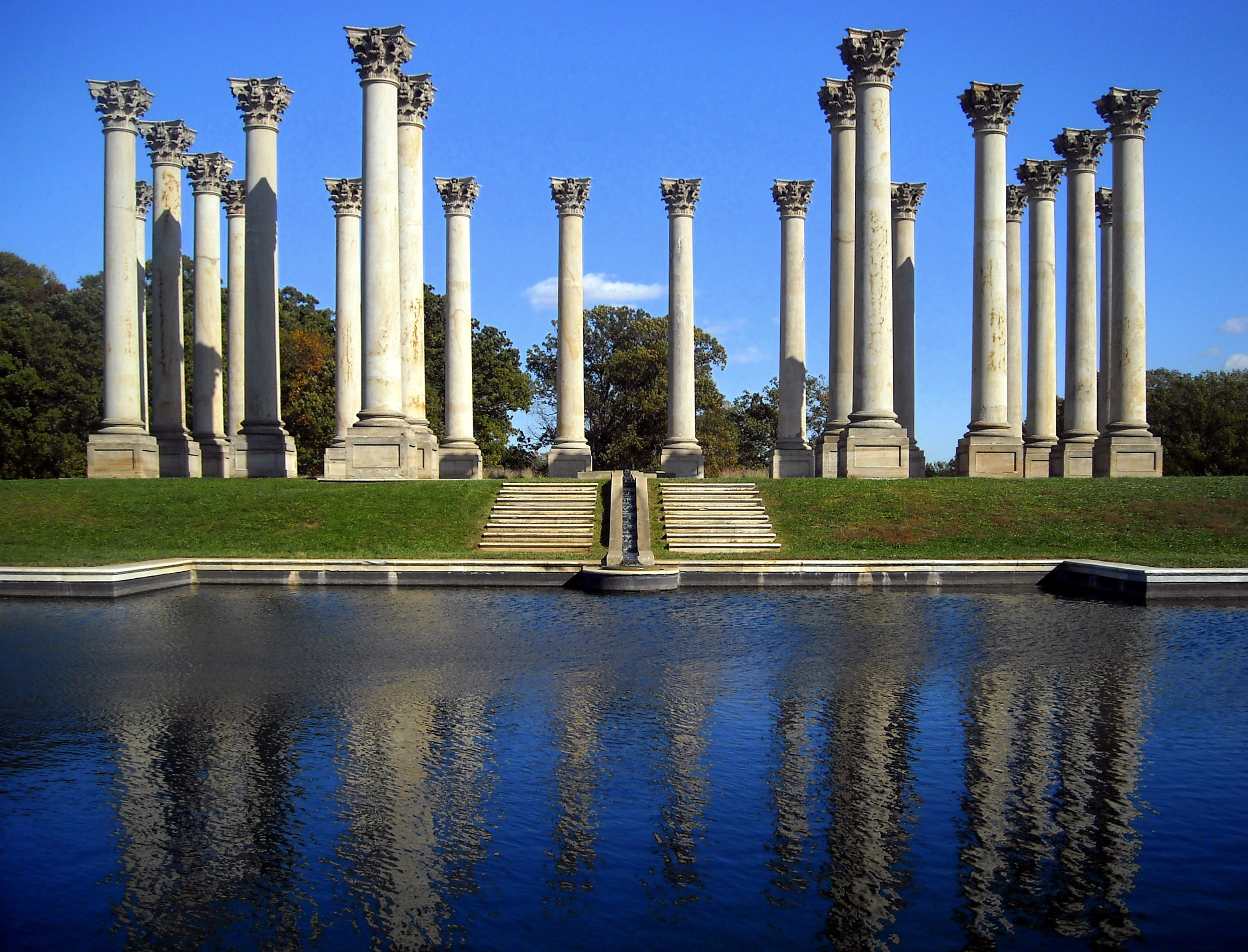|
Whitehouse's Bakery
Whitehouse's Bakery is a heritage-listed former bakery at 91 Patrick Street, Laidley, Lockyer Valley Region, Queensland, Australia. It was built from 1904 to 1905. It was added to the Queensland Heritage Register on 21 October 1992. History The former Whitehouse's Bakery building at Laidley is a substantial two-storey, brick building which was constructed around 1904-1905 for local farmer, baker and confectioner, Charles James Whitehouse. It was the second bakery building CJ Whitehouse had built on the site since he bought the land in 1885, replacing a former timber structure. The architect for the building was William Haenke, an architect and engineer of Ipswich. At the time the present bakery was constructed, the Lockyer Valley was one of the most prosperous agricultural districts in Queensland, and this prosperity was reflected in the flurry of building activity in Laidley which saw the town nearly double in size, and many of the earlier timber buildings replaced with sub ... [...More Info...] [...Related Items...] OR: [Wikipedia] [Google] [Baidu] |
Laidley, Queensland
Laidley is a rural town and locality in the Lockyer Valley Region, Queensland, Australia. In the , the locality of Laidley had a population of 3,808 people. Geography Laidley is situated within the Lockyer Valley of South East Queensland east of the Great Dividing Range and close to the northern foothills of the Main Range. The town is located west of Brisbane, the state capital, and east of Toowoomba. The Warrego Highway (A2) is around 10 km to the north, and the town sits on the Brisbane–Charleville railway line. Laidley lies within the Lockyer Creek catchment, with the creek rising at the eastern slopes of the Great Dividing Range and flowing east. The catchment has an area of approximately 3,000 km² and elevations range from 1,100m AHD on the Great Dividing Range to 24m AHD at the confluence with the Brisbane River. The relatively flat topography of the valley, its rich alluvial soils and warm climate are the basis for the Lockyer Valley to have become a maj ... [...More Info...] [...Related Items...] OR: [Wikipedia] [Google] [Baidu] |
Awning
An awning or overhang is a secondary covering attached to the exterior wall of a building. It is typically composed of canvas woven of Acrylic fiber, acrylic, cotton or polyester yarn, or vinyl laminated to polyester fabric that is stretched tightly over a light structure of aluminium, iron or steel, possibly wood or transparency and translucency, transparent material (used to cover solar thermal panels in the summer, but that must allow as much light as possible in the winter). The configuration of this structure is something of a truss, space frame or planar Framing (construction), frame. Awnings are also often constructed of aluminium understructure with aluminium sheeting. These aluminium awnings are often used when a fabric awning is not a practical application where snow load as well as wind loads may be a factor. The location of an awning on a building may be above a window, a door, or above the area along a sidewalk. With the addition of columns an awning becomes a Canopy ... [...More Info...] [...Related Items...] OR: [Wikipedia] [Google] [Baidu] |
Chimney
A chimney is an architectural ventilation structure made of masonry, clay or metal that isolates hot toxic exhaust gases or smoke produced by a boiler, stove, furnace, incinerator, or fireplace from human living areas. Chimneys are typically vertical, or as near as possible to vertical, to ensure that the gases flow smoothly, drawing air into the combustion in what is known as the stack, or chimney effect. The space inside a chimney is called the '' flue''. Chimneys are adjacent to large industrial refineries, fossil fuel combustion facilities or part of buildings, steam locomotives and ships. In the United States, the term '' smokestack industry'' refers to the environmental impacts of burning fossil fuels by industrial society, including the electric industry during its earliest history. The term ''smokestack'' (colloquially, ''stack'') is also used when referring to locomotive chimneys or ship chimneys, and the term ''funnel'' can also be used. The height of ... [...More Info...] [...Related Items...] OR: [Wikipedia] [Google] [Baidu] |
Patio
A patio (, from es, patio ; "courtyard", "forecourt", "yard", "little garden") is an outdoor space generally used for dining or recreation that adjoins a structure and is typically paved. In Australia the term is expanded to include roofed structures such as a veranda, which provides protection from sun and rain. Construction Patios are most commonly paved with concrete or stone slabs (also known as paving flags). They can also be created using bricks, block paving, tiles, cobbles, or gravel. Other kinds of patio materials these days include alumawood, aluminum, acrylic, and glass. Patio options include concrete, stamped concrete, and aggregate concrete. Stamped concrete costs more, is known to be slippery, requires being resealed, and dyes typically fade in time. Aggregate concrete uses stones exposed giving its own style. Other common patio features include additional of reinforcement for hot tubs and additional steps from the home. Restaurant patio ''Patio'' ... [...More Info...] [...Related Items...] OR: [Wikipedia] [Google] [Baidu] |
Pilaster
In classical architecture, a pilaster is an architectural element used to give the appearance of a supporting column and to articulate an extent of wall, with only an ornamental function. It consists of a flat surface raised from the main wall surface, usually treated as though it were a column, with a capital at the top, plinth (base) at the bottom, and the various other column elements. In contrast to a pilaster, an engaged column or buttress can support the structure of a wall and roof above. In human anatomy, a pilaster is a ridge that extends vertically across the femur, which is unique to modern humans. Its structural function is unclear. Definition In discussing Leon Battista Alberti's use of pilasters, which Alberti reintroduced into wall-architecture, Rudolf Wittkower wrote: "The pilaster is the logical transformation of the column for the decoration of a wall. It may be defined as a flattened column which has lost its three-dimensional and tactile value." ... [...More Info...] [...Related Items...] OR: [Wikipedia] [Google] [Baidu] |
Pediment
Pediments are gables, usually of a triangular shape. Pediments are placed above the horizontal structure of the lintel, or entablature, if supported by columns. Pediments can contain an overdoor and are usually topped by hood moulds. A pediment is sometimes the top element of a portico. For symmetric designs, it provides a center point and is often used to add grandness to entrances. The tympanum, the triangular area within the pediment, is often decorated with a pedimental sculpture which may be freestanding or a relief sculpture. The tympanum may hold an inscription, or in modern times, a clock face. Pediments are found in ancient Greek architecture as early as 600 BC (e.g. the archaic Temple of Artemis). Variations of the pediment occur in later architectural styles such as Classical, Neoclassical and Baroque. Gable roofs were common in ancient Greek temples with a low pitch (angle of 12.5° to 16°). History The pediment is found in classical Greek templ ... [...More Info...] [...Related Items...] OR: [Wikipedia] [Google] [Baidu] |
Frieze
In architecture, the frieze is the wide central section part of an entablature and may be plain in the Ionic or Doric order, or decorated with bas-reliefs. Paterae are also usually used to decorate friezes. Even when neither columns nor pilasters are expressed, on an astylar wall it lies upon the architrave ("main beam") and is capped by the moldings of the cornice. A frieze can be found on many Greek and Roman buildings, the Parthenon Frieze being the most famous, and perhaps the most elaborate. This style is typical for the Persians. In interiors, the frieze of a room is the section of wall above the picture rail and under the crown moldings or cornice. By extension, a frieze is a long stretch of painted, sculpted or even calligraphic decoration in such a position, normally above eye-level. Frieze decorations may depict scenes in a sequence of discrete panels. The material of which the frieze is made of may be plasterwork, carved wood or other decorative me ... [...More Info...] [...Related Items...] OR: [Wikipedia] [Google] [Baidu] |
Column
A column or pillar in architecture and structural engineering is a structural element that transmits, through compression, the weight of the structure above to other structural elements below. In other words, a column is a compression member. The term ''column'' applies especially to a large round support (the shaft of the column) with a capital and a base or pedestal, which is made of stone, or appearing to be so. A small wooden or metal support is typically called a '' post''. Supports with a rectangular or other non-round section are usually called '' piers''. For the purpose of wind or earthquake engineering, columns may be designed to resist lateral forces. Other compression members are often termed "columns" because of the similar stress conditions. Columns are frequently used to support beams or arches on which the upper parts of walls or ceilings rest. In architecture, "column" refers to such a structural element that also has certain proportional and decorative f ... [...More Info...] [...Related Items...] OR: [Wikipedia] [Google] [Baidu] |
Lockyer Valley Region
The Lockyer Valley Region is a local government area in the West Moreton region of South East Queensland, Australia, between the cities of Ipswich and Toowoomba. It was created in 2008 from a merger of the Shire of Gatton and the Shire of Laidley. It has an estimated operating budget of A$35m. History Prior to European settlement, the Lockyer Valley area was home to the Kitabul Aboriginal people. Tarampa Division, as it was then known, was created on 15 January 1880 under the ''Divisional Boards Act 1879'', with its first board meeting being held on 20 February 1880. On 25 April 1888, the Laidley district broke away and separately incorporated as the Laidley Division, and later on 25 January 1890, the Forest Hill area moved from Tarampa to Laidley. On 1 July 1902, the town of Laidley was created as a separate municipality with its own Borough Council. With the passage of the ''Local Authorities Act 1902'', the borough and divisions became a town and shires respectiv ... [...More Info...] [...Related Items...] OR: [Wikipedia] [Google] [Baidu] |
Nathan, Queensland
Nathan is a suburb in the City of Brisbane, Queensland, Australia. In the , it had a population of 1,085. Geography Nathan is home to Toohey Forest Conservation Park, Griffith University's Nathan campus and the Queensland Sport and Athletics Centre which hosted the opening ceremony of the 1982 Commonwealth Games. The Queensland Academy of Sport currently uses the facilities located at the stadium. The Mount Gravatt Cemetery is part of Nathan. Nathan remains sparsely populated, with much of the park and university campus being filled with eucalypt forest, grass trees, banksia and leptospermum. Local fauna include tawny frogmouths, powerful owl, hoary wattled bats, sugar gliders, greater gliders, squirrel gliders, flying foxes and possums. Surrounding suburbs include MacGregor, Robertson, Salisbury, Coopers Plains, Tarragindi, Holland Park Holland Park is an area of Kensington, on the western edge of Central London, that contains a street and public park of th ... [...More Info...] [...Related Items...] OR: [Wikipedia] [Google] [Baidu] |








